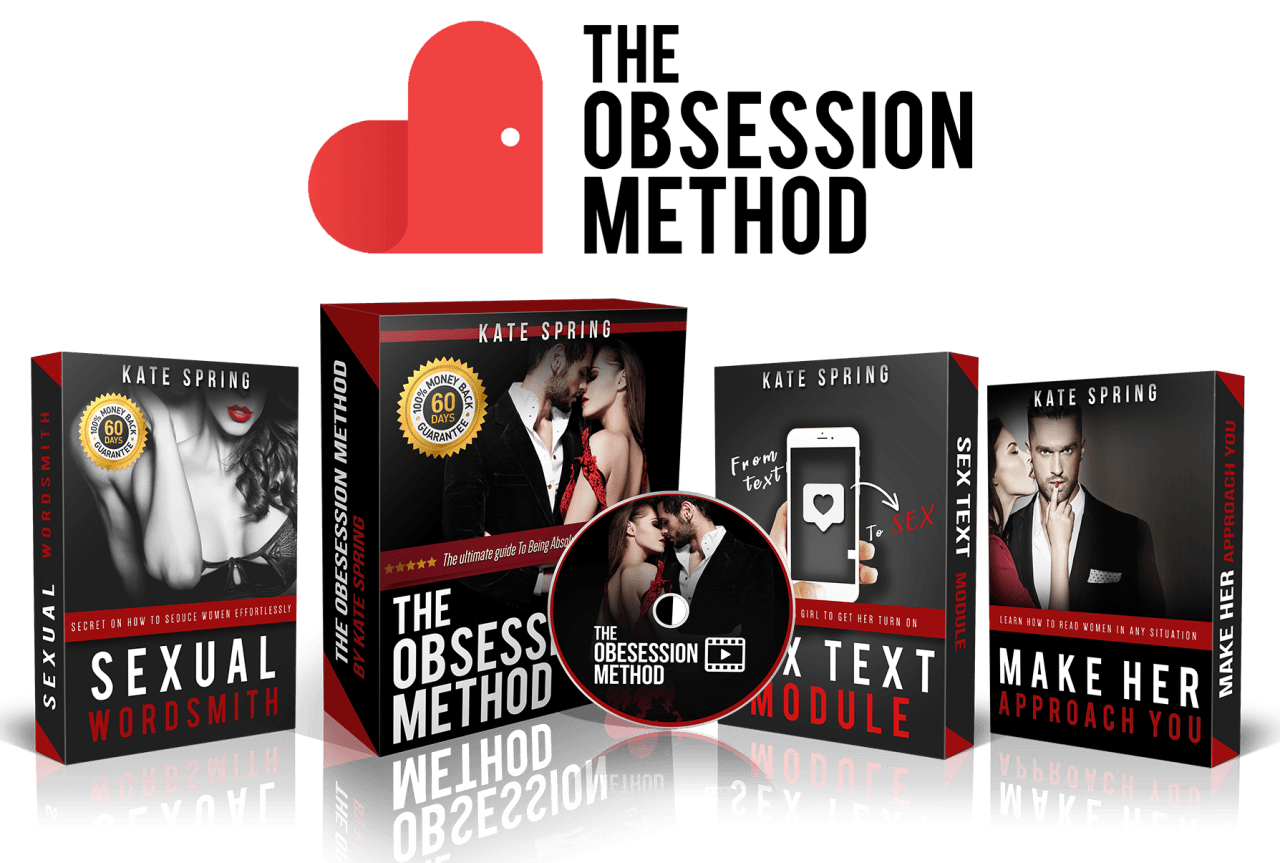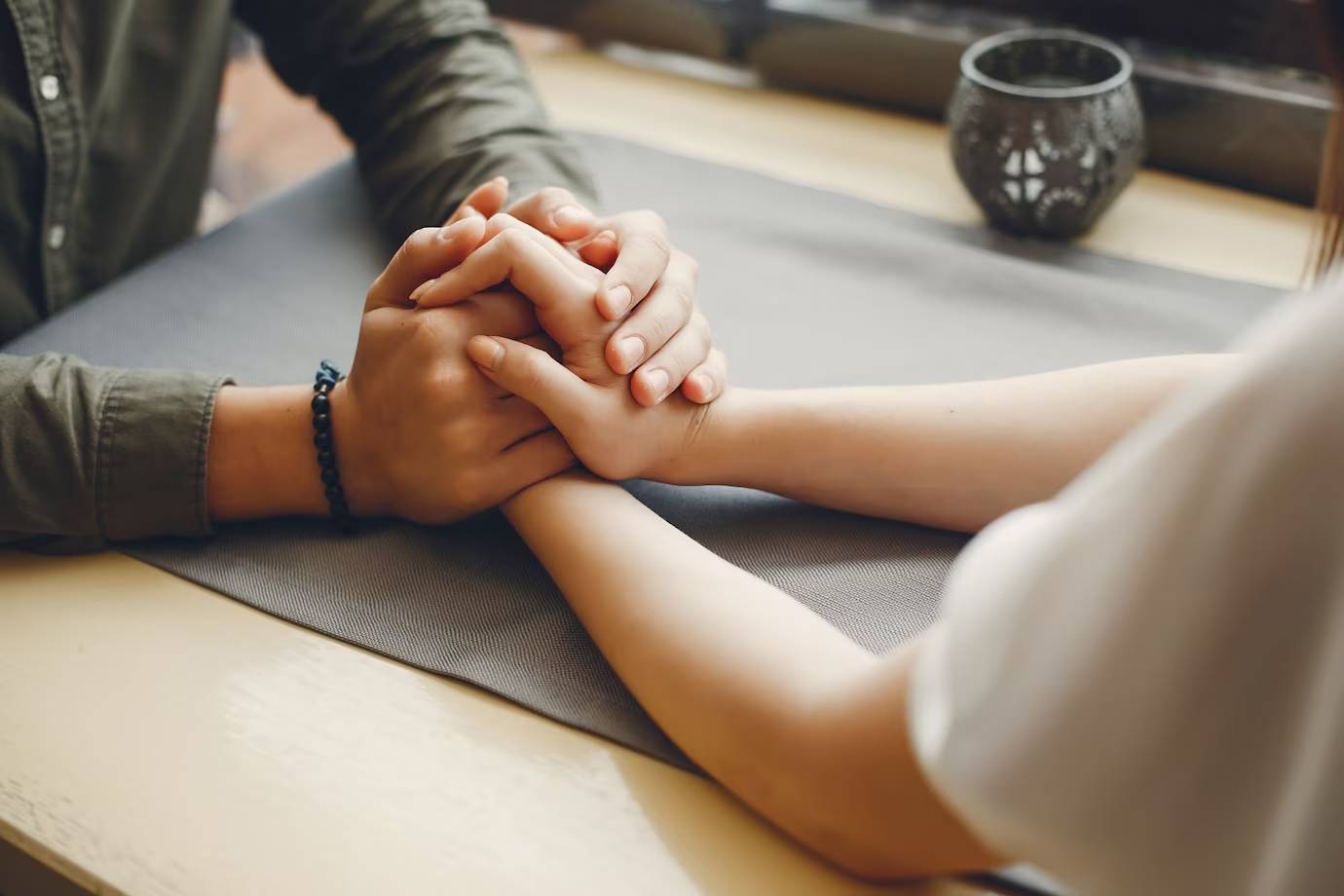“The place of true healing is a fierce place. It’s a giant place. It’s a place of monstrous beauty and endless dark and glimmering light. And you have to work really, really, really hard to get there, but you can do it.” ~Cheryl Strayed
My memories of my sister are much hazier than they used to be—somehow less crisp and colorful than before. But time has a way of doing that. Images of her that used to show up in bold, bright colors in my mind’s eye have slowly faded to black and white, with various shades of gray and …
“The place of true healing is a fierce place. It’s a giant place. It’s a place of monstrous beauty and endless dark and glimmering light. And you have to work really, really, really hard to get there, but you can do it.” ~Cheryl Strayed
My memories of my sister are much hazier than they used to be—somehow less crisp and colorful than before. But time has a way of doing that. Images of her that used to show up in bold, bright colors in my mind’s eye have slowly faded to black and white, with various shades of gray and silver popping in from time to time, almost as if to keep me on my toes and keep her memory alive.
I can still remember her last days, the light slowly dimming from her eyes as she lay bound to her bed, no longer able to move or eat on her own, with feeding tubes in her nose and various devices surrounding her for those inevitable—and fear-gripped moments when she needed help breathing.
Like the rest of my family, I would take my turn staying in her room, checking on her to make sure she was still breathing. It was always the same routine. With anxiety creeping into my chest, I would place one hand on her belly to make sure it was still rising and falling while leaning in close to her nose, listening for the soft sound of her breath. A sigh of relief would pass through me every time I heard her gentle exhale.
The night she passed, I had just finished performing that very ritual, rising to leave only once I felt the repeated slow, steady rise and fall of her belly and the soft whisper of her strained breath on my face. I can still remember walking back into the family room and gratefully announcing, ”She’s okay.”
Maybe it was mother’s instinct, but only moments later my mother rushed back into my sister’s room. Her sense of urgency took me by surprise since I had just left the room and everything had been fine. I assumed she didn’t think I could be trusted and needed to see for herself.
It wasn’t long before I heard the sound of my mother’s screams through the thin walls of our small duplex. I knew right away what it meant—my sister had stopped breathing.
For a long time afterward, I blamed myself for not having been in the room when she took her last breath, and for leaving her alone in those last few seconds. If I had just stayed another minute, I could have been with her. Instead, I had left the room right as she had been getting ready to leave the world.
The months that followed were a blur of pain, confusion, and disbelief as I tried to make sense of a world without her in it. At ten years old, I was too young to understand how much my parents were hurting or how deeply my sister’s death affected them. I mistakenly thought their withdrawal and anger were because of something I had done. Maybe I was the one who had messed up—missed the signs that could have saved her night. Or maybe I was the one who they wished had died instead.
Those thoughts became the foundation for years of self-punishment after my sister’s death. I found myself struggling with feelings of self-hatred and inadequacy, which often showed up as eating disorders, self-harm, and feelings of unworthiness.
Survivor’s guilt and the belief that I was the “bad” daughter who didn’t deserve to live only added more shame and self-doubt that I couldn’t shake off. But as I got older, I learned to shut the pain—and the memories—out.
Soon, I stopped thinking about that night altogether. I convinced myself that I had moved past it, telling myself that time really does “heal all wounds.” I couldn’t have been more wrong.
It would take me decades to understand that time hadn’t actually healed anything. I had just pushed the memories so far down that they became buried under layers of guilt, shame, and unresolved grief, waiting to resurface when I was ready to face them.
The truth is, time doesn’t heal all wounds unless we do the work to heal them ourselves.
My own healing came in an unexpected way after years of trying to prove my worthiness through constant people-pleasing, overworking, over-committing, and deliberately taking on more challenging projects and activities, both personally and professionally, just to prove that I mattered and was deserving of my life. I still hadn’t forgiven myself for being the one that lived when a soul as beautiful, bright, and loving as my sister hadn’t.
I finally realize now that it wasn’t even the rest of the world I was trying to prove my worth to—it was myself. And if it hadn’t been for my dog Taz, I’m not sure if I would have ever come to that realization.
When I first rescued him, I was unknowingly bringing Taz into my life as yet another way of trying to prove I mattered. Having been severely abused and fresh off a major back surgery, he could barely walk when I first took him in.
His (understandable) anxiety had created severely destructive—and, at least initially—fear- and pain-based behavior that made him particularly challenging. I can still remember countless friends saying to me, “You know you can’t do this. What are you trying to prove? He’s too much for you.” But my self-punishment game was strong, and their words only pushed me to try harder.
For his entire first year with me, I would carry him around in his special harness like a suitcase, setting him down for short spurts so he could get the feeling of putting weight on his legs and paws and build enough strength to start walking.
In the beginning, he couldn’t understand that he had to lift his paws and set them down again to walk, so he would drag them instead, scraping his paws until they were raw and bloody within seconds and prompting me to pick him right back up and carry him again. (I can only imagine what others thought when they saw my 5’2 frame carrying a seventy-pound pitbull around like a duffel bag!)
That drill went on for months. Inside the house, I would bring him into the carpeted rooms and teach him how to place his paws—down on all fours and crawling along the floor with him as my other dog, Hope, did her part and pranced around showing him how she did it. Slowly, he started to understand. And even more slowly, he started to walk.
A year later, he was running, which turned into sprinting a few months after that. Another three years after that, he was (cautiously) able to go up and down stairs. And seven years after he came to me, just when it seemed that he was at his strongest yet, he was diagnosed with a rare form of cancer.
“He has hemangiosarcoma. The tumor is on his heart, and every pump is spreading it throughout his body. There’s nothing we can do. He has about ten days before his heart will stop pumping.”
What had started as an emergency visit for his stomach issues had turned into a death knell for Taz.
The thought of this being the end of his story, when he had already been through so much and finally made it to the other side, seemed unfathomable. In some ways, it was the biggest challenge I had faced yet, and I was determined to save him.
I didn’t sleep the night of his diagnosis. Or most of the nights after that. Instead, I found myself waking up almost every hour, gazing at him sleeping by my side, tears gathering in my eyes, and wondering how I could save him—and what else I needed to sacrifice to keep him by my side.
I initially failed to grasp that his illness was the beginning of my healing. And the darkness that would ensue was actually the beginning of the light that would start pouring into my childhood wounds.
As the pain eclipsed me in those dark, late-night moments, I didn’t even realize what I was doing at first. Wha
Recommended Story For You :

Discover the Obsession Method and Transform Your Relationships

Unveiling the Secrets to Rekindle Your Relationship and Get Your Girlfriend Back

Unlocking the Secrets of Water Harvesters for Sustainable Solutions

Your Trusted Guide to Practical Medicine for Every Household

Discover the Obsession Formula for Magnetic Connections

Transforming a Connection into a Lasting Relationship with One Simple Move

The High Output Pocket Farm – Cultivating Life amidst Desert War Zones

EVERYTHING IS HAPPENING THE EXACT TIME AND IN THE EXACT ORDER


